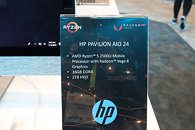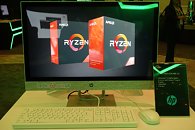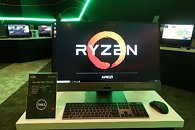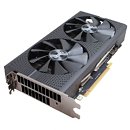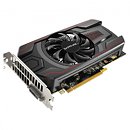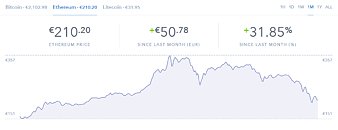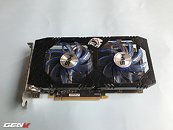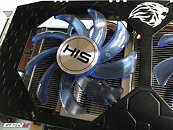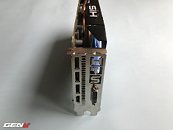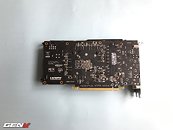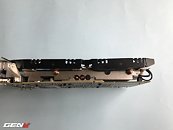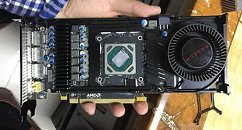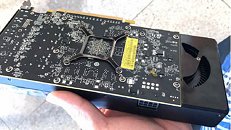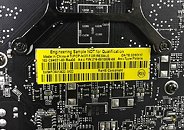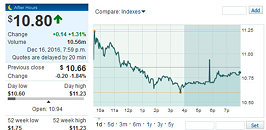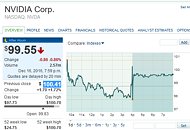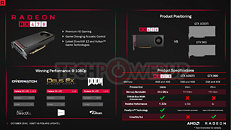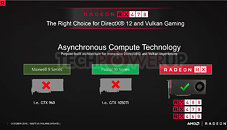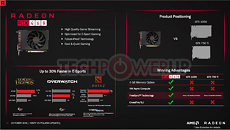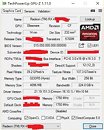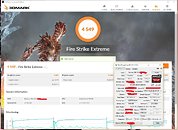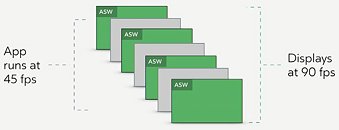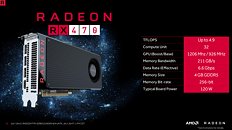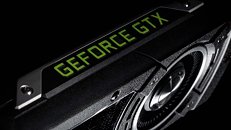Genesis Mining Gets 485K GPUs Returned by China Supreme Court
Genesis Mining, one of the largest cloud providers of cryptocurrency mining services headquartered in Iceland, has today won a great deal with China's Supreme Court. According to the reports, Genesis is now getting back the 485,000 AMD Radeon RX 470 8 GB graphics cards returned to its mining facilities in hopes of soon usage. What leads to this you might wonder? Previously, Genesis Mining partner, Chuangshiji Technology Limited, which provides hosting services for Genesis, took the company's mining hardware and started listing it without consent from the Iceland-based firm.
As the company filed a lawsuit in China supreme court, the legal disputes were going on for some time and today Genesis has won. According to the report, Genesis is getting back as much as 485,000 AMD Radeon RX 470 8 GB graphics cards with a total mining power of 14.5 TH/s. All these GPUs are now looking for a new home inside Genesis Mining facilities and will be able to provide a bit over a million dollars in mined Ethereum, at today's prices.
As the company filed a lawsuit in China supreme court, the legal disputes were going on for some time and today Genesis has won. According to the report, Genesis is getting back as much as 485,000 AMD Radeon RX 470 8 GB graphics cards with a total mining power of 14.5 TH/s. All these GPUs are now looking for a new home inside Genesis Mining facilities and will be able to provide a bit over a million dollars in mined Ethereum, at today's prices.


